Multiple War Hero Michael J. Novosel dies.
Novosel's service to his country spanned three wars - World War II, The Korean War and The Vietnam War. He was born in Pittsburgh area town of Etna, Pennsylvania, the son of Croatian immigrants, and grew up during the Great Depression fluently speaking both his parents' tongue and English. At the age of 19, Novosel joined what was then the Army Air Corps. That was just ten months prior to Pearl Harbor, and by 1945, he was a Captain flying B-29 bombers in the war against Japan. He left the service for a brief time due to reductions in force after the war was over and settled in Fort Walton Beach, Florida, to raise his family.
Novosel joined the U.S. Air Force Reserves and went back on active duty to again serve his country during the Korean War. He left the service again in 1953 and was promoted to the rank of lieutenant colonel in the Air Force Reserve in 1955. In 1963, Novosel was working as a commercial airline pilot when a deep sense of patriotism called him to return to active military duty. By then, he was 42 and the Air Force did not have space for any more officers in the upper ranks. It was then that Novosel made the decision to give up his rank of lieutenant colonel in the Air Force to join the Army and fly helicopters as a chief warrant officer with the elite Special Forces Aviation Section. He served his first tour in Vietnam flying medevac helicopters (Dustoff) with the 283rd Medical Detachment. His second tour in Vietnam was with the 82nd Medical Detachment. During that war, Novosel flew 2,543 missions and extracted 5,589 wounded personnel. On the morning of Oct. 2, 1969, he set out to evacuate a group of South Vietnamese soldiers who were surrounded by the enemy near the Cambodian border. The soldiers' radio communication was lost and their ammunition expended. Without air cover or fire support, Novosel flew at low altitudes while under continuous enemy fire. He skimmed the ground with his helicopter, while his medic and crew chief yanked the wounded men on board. He completed 15 hazardous extractions, was wounded in a barrage of enemy fire and momentarily lost control of his helicopter that day, but when it was over, he had rescued 29 men. Novosel completed his tour in March 1970. In 1971, then Pres. Richard Nixon placed the nation's highest award for valor in combat, the U.S. Congressional Medal of Honor, around Novosel's neck. Among his many other awards, Novosel received the Distinguished Flying Cross with two Oak Leaf Clusters, Bronze Star Medal with Oak Leaf Cluster, and the Purple Heart Medal.
He was inducted into the Army Aviation Hall of Fame in 1975. When Novosel retired as the senior warrant officer with the Warrant Officer Candidate Program in 1985, he had been a military aviator for 42 years and was the last WW II military aviator in the U.S. to remain on active flying duty. Novosel accumulated 12,400 military flying hours, including 2,038 in combat during his career. Upon his retirement, he received a rare honor for a living hero when the main street at Fort Rucker, Alabama was renamed "Novosel Street." While residing in Enterprise, Alabama, Novosel remained active in the military community during his retirement. He frequently was invited as the honored guest for military lectures and ceremonies spanning the entire country to share his unique insights, even until the final weeks before he died. His book, "Dustoff - The Memoir of an Army Aviator," was published in 1999.
Diagnosed with a recurrent cancer in November 2005, he had undergone a series of highly successful treatments at Walter Reed Army Medical Center in Washington, D.C. The cancer tumor had been greatly reduced in December 2005 and January 2006. In February 2006, Novosel concluded chemotherapy and other treatments and waited to regain strength in preparation for surgery on March 7. His prognosis appeared excellent. Despite new and innovative procedures to reduce trauma, he never fully recovered from the shock of the surgery. He died April 2, 2006. He was buried at Arlington National Cemetery with full military honors.
From Vietnam Magazine Decemeber Edition



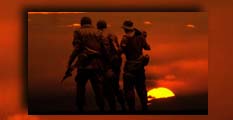

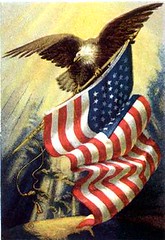





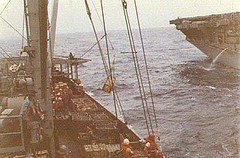
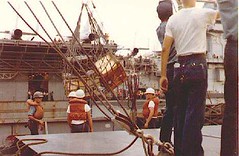
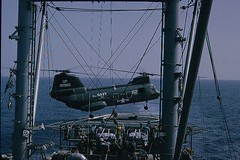
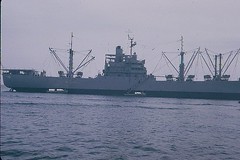






0 Comments:
Post a Comment
<< Home